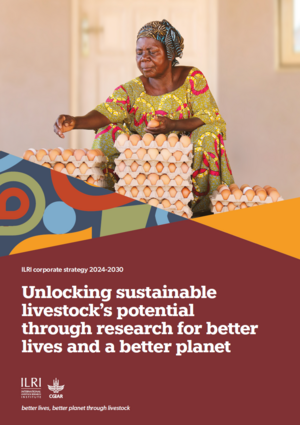
Benefits of riverine water discharge into the Lorian Swamp, Kenya
Abstract
Use and retention of river water in African highlands deprive communities in arid lowlands of their benefits. This paper reviews information on water use in the Ewaso Ng’iro catchment, Kenya, to evaluate the effects of upstream abstraction on the Lorian Swamp, a wetland used by pastoralists downstream. We first assess the abstractions and demands for water upstream and the river water supplies at the upper and the lower end of the Lorian Swamp. Further analysis of 12 years of monthly SPOT-VEGETATION satellite imagery reveals higher NDVI (Normalized Differential Vegetation Index) values in the swamp than nearby rainfed areas, with the difference in NDVI between the two positively related to river water discharged into the swamp. The paper next reviews the benefits derived from water entering the swamp and the vulnerability to abstractions for three categories of water: (i) the surface water used for drinking and sanitation; (ii) the surface water that supports forage production; and (iii) the water that recharges the Merti Aquifer. Our results suggest that benefits from surface water for domestic use and forage production are vulnerable to abstractions upstream whereas the benefits from the aquifer, with significant fossil water, are likely to be affected in the long run, but not the short term.
Citation
Leeuw, J. de, Said, M.Y., Kifugo, S., Musyimi, Z., Mutiga, J.K. and Peden, D. 2012. Benefits of riverine water discharge into the Lorian Swamp, Kenya. Water 4(4): 1009-1024.










